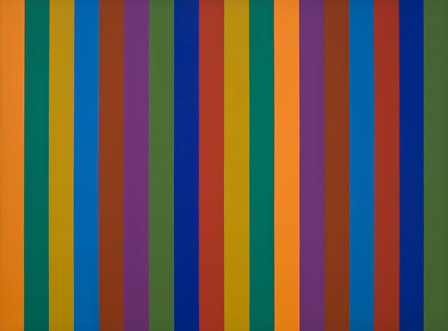It’s a rainy Sunday afternoon & I’m settling in with a cup of coffee & my homework. Yup, kgb is back in school! I signed up for 2 summer classes at Emily Carr University, both required courses if I’m ever to get my certificate in Fine Art Techniques. I’ve taken quite a few classes there already, but I tend to pick painting classes and things I’m really excited about rather than the slightly…less interesting, say, core classes required for me to get that certificate.
The class I started last week, Issues in Contemporary Art, is completely hands-off, which I actually am excited about. I haven’t taken a book-learnin’ class in probably 10 years. I’ve done lots of painting and drawing courses, workshops etc., but where I just have to read? And write assignments? And possibly do a presentation IN FRONT OF THE CLASS? Exciting and nervous and makes me want to throw up a little bit in my mouth.
I am sooo not a public speaker. Even introducing myself as we go around the room makes my face and chest flush red. But I’m excited for the challenge and I’m thrilled that I will have homework that requires going to galleries and looking at art. How rad is that?? If I had the money I would absolutely go to university and get an art history degree. Or maybe marine biology so I could go out on dive expeditions to do scientific research. Or sociology, just ’cause I’ve always been interested in people and society and change.
Clearly I enjoy school. It would’ve been nice to have grown up in a wealthy family where I could take classes just because knowledge itself has value. I feel like that’s a luxury these days. Most people take the minimum amount of education they need to get hired in a specific field. How many times have you heard philosophy or liberal arts degrees referred to as “useless”?
I get it, I really do. We all need to put a roof over our heads and put food on the table, so coming out of college with whopping student loans makes no sense unless you’re going to be qualified for a well-paying job. But that doesn’t mean I have to like it. 😉
This week my homework involves reading an excerpt from Ways of Seeing based on the BBC television series with John Berger. So far, so good. I loathe artspeak – that pretentious babble that the art community insists upon to make itself sound fabulously snobby and intelligent – so I was expecting to be a little irritated by this class. I think artspeak alienates a broader audience who would enjoy art a lot more if they didn’t feel stupid as they try to decipher self-important artist statements. There’s also a strong sense of bullshit, especially with abstract art. The average joe looks at a simple color block painting and thinks, “My kid could do that.” Trying to explain why it’s art (or why it’s good) with unintelligible jargon doesn’t help at all. It sounds like bullshit and I’m sure it feels like the artist is just trying to pull one over on a gullible buyer.

Barnett Newman – Voice of Fire
Why not explain in simple language that the reason the giant canvas painted with simple stripes isn’t as simple as your kid slapping paint on a roller because the layers of color were added so carefully and chosen just right so as to make the whole composition practically vibrate? That there are many layers of glaze that traps the light to make it reflect and bounce in just such a way that it gives the color incredible depth? That standing in front of it encourages people to *keep* standing in front of it, falling into it, meditating on the color? Explained like that I’m guessing you’re going to have a whole lot more non-art lovers remark with (at least), “Huh. I guess that is kind of cool.”

Guido Molinari – Sérielle bi-bleu
For the record, I should note that there is plenty of what I would consider “bad” art out there. Like music or film, art is highly subjective. And that’s fine. In the example above, I’m not trying to say that Joe should now like the abstract painting because he understands why art critics like it, but at least he should be given the chance to understand WHY art critics think the work is good.
Unfortunately, once the price tag associated with the work is taken into consideration, attempts at any kind of critical understanding stop in their tracks. A huge segment of people will never agree that a painting is worth $1.76 million dollars, but art pricing is a whole ‘nother topic that I’m going to back away from lest I never get my homework finished!


